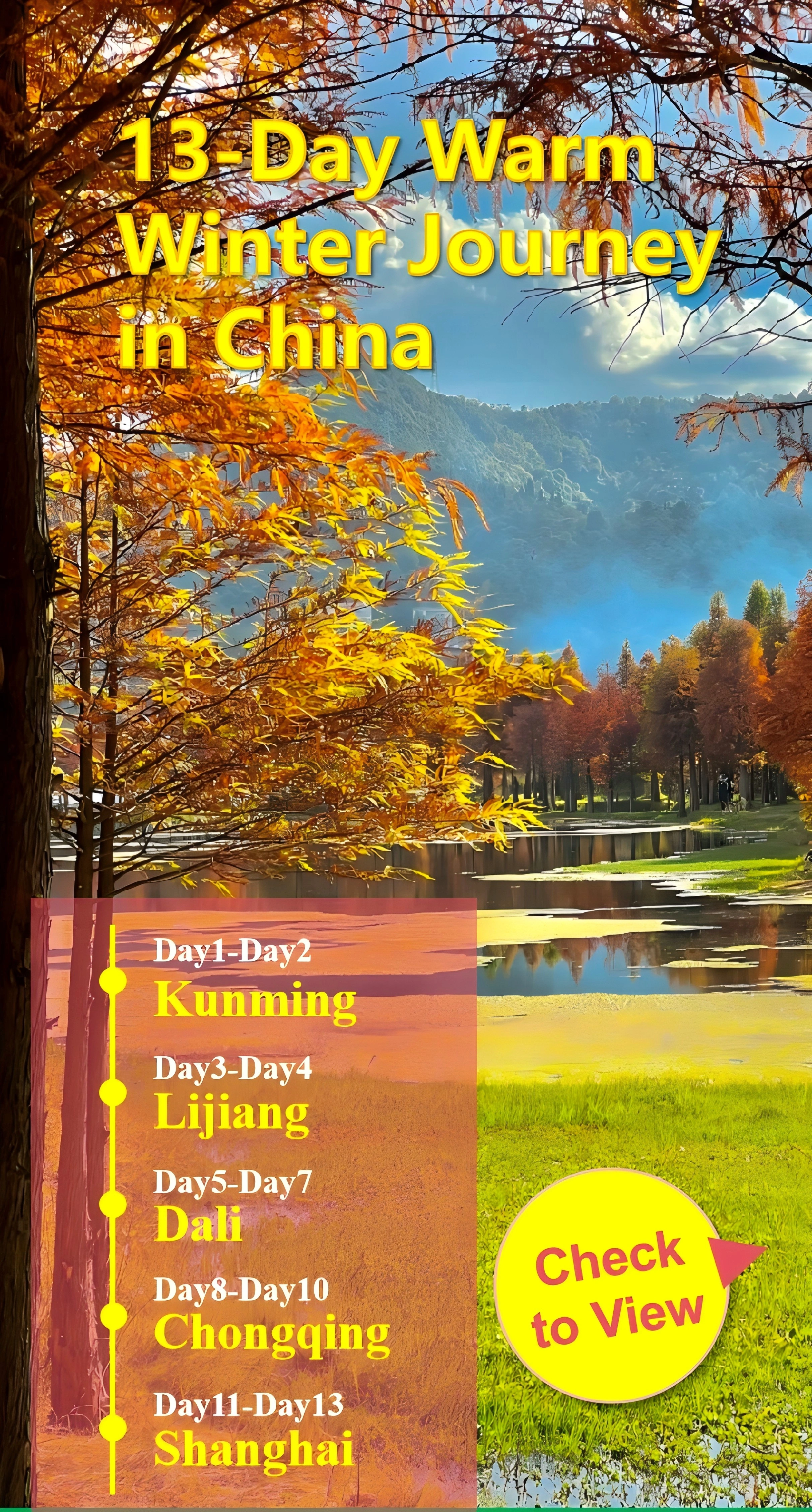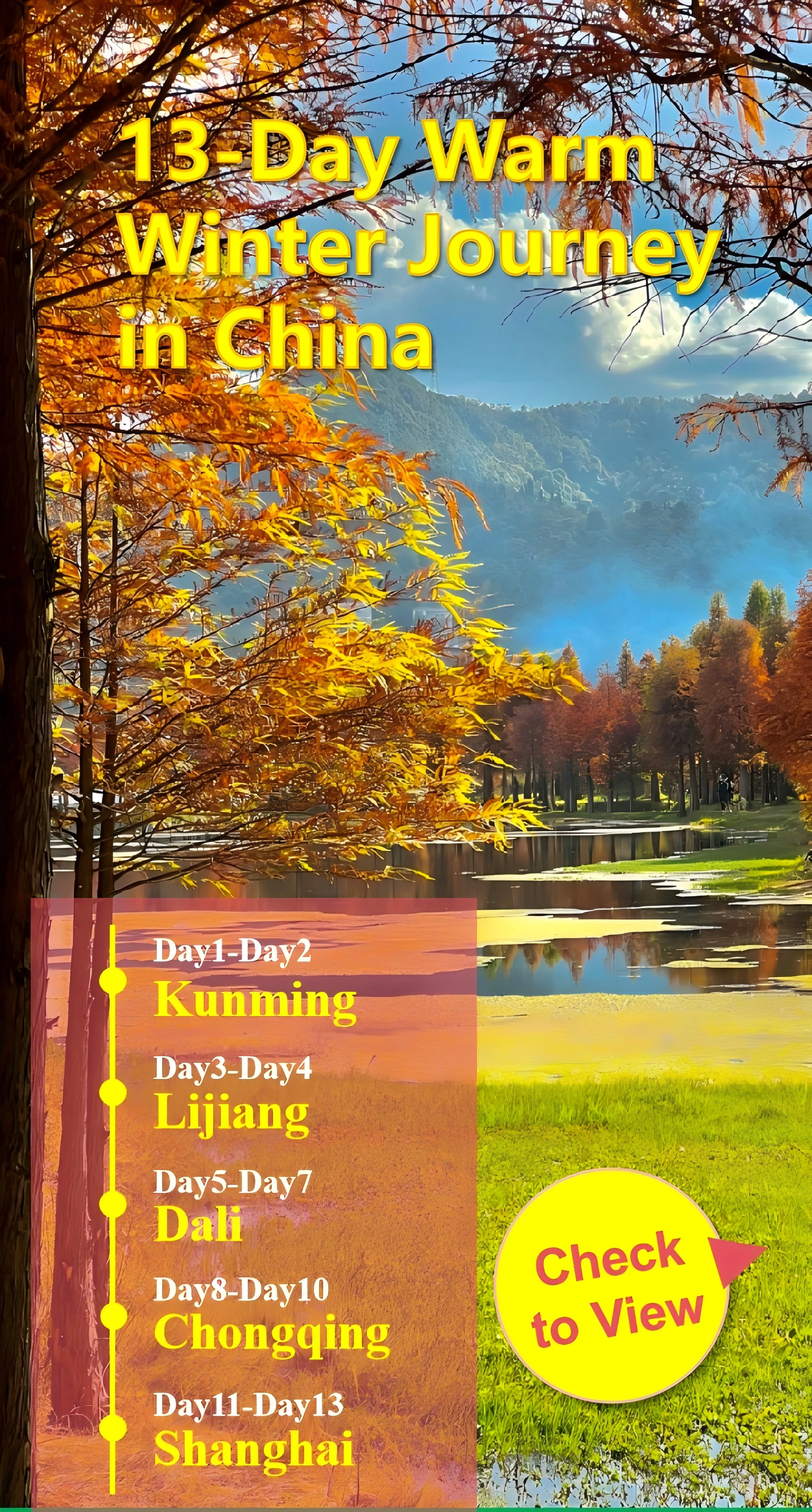Tusi City Site
Historical Significance
The Tusi System, established in the Yuan Dynasty (1271–1368), granted hereditary titles to local ethnic leaders in exchange for loyalty to the central government. Laosicheng Tusi City, founded in 1135, served as the political, economic, and cultural center of the Pengshi Tusi domain for over 800 years. It played a pivotal role in maintaining regional stability and facilitating cultural exchange between the Central Plains and Southwest China. The site’s abandonment in 1728 marked the end of an era but preserved its architectural legacy.
Architectural Layout
Laosicheng Tusi City covers 25 hectares, featuring a three-tiered defensive structure with city walls, gates, and watchtowers. The inner city housed the Tusi palace and administrative offices, while the middle and outer cities accommodated nobles, commoners, and markets. Key structures include the Royal Ancestral Hall, a wooden-beam building with intricate carvings, and the Nine-Dragon Wall, a symbolic stone screen. The site’s drainage system and stone-paved roads showcase advanced engineering for its time.
Cultural Heritage
Tusi City Sites are living museums of Ethnic Minority traditions. The Tujia people’s "West Hunan Brocade" (Xilankapu), a vibrant textile art, and their unique "Maogusu" dance are still practiced today. Ancient inscriptions, steles, and folk songs recount the Tusi lords’ reigns and local legends. The site’s designation as a World Heritage Site in 2015 highlighted its role in promoting cultural diversity and mutual understanding in imperial China.
Archaeological Discoveries
Excavations at Laosicheng have unearthed over 10,000 artifacts, including Porcelain from Jingdezhen, bronze mirrors, and jade ornaments. A 2012 discovery of a tomb complex revealed silk garments, Lacquerware, and gold jewelry, shedding light on Tusi nobility’s lifestyle. Pottery shards and farming tools indicate a self-sufficient agricultural economy, while coins and trade goods suggest connections to the Maritime Silk Road.
Festivalsand Traditions
Annual events at Tusi City Sites celebrate ethnic heritage. The "Tujia New Year" features sacrifices to ancestors, dragon dances, and "Tujia Cry-Marriage" ceremonies, where brides express sorrow to bid farewell to their families. Visitors can participate in handicraft workshops, learning brocade weaving or bamboo carving, and enjoy folk music performances. These traditions keep the Tusi legacy alive for future generations.
Visitor Experiences
Tourists can explore reconstructed Tusi dwellings, hike scenic trails around the city walls, and enjoy panoramic views of the Wuling Mountains. Guided tours offer insights into the Tusi System’s history, while interactive exhibits in the on-site museum showcase archaeological finds. For a deeper immersion, visitors can stay in nearby guesthouses, savoring local specialties like "Tujia Pickled Fish" and "Stir-Fried Bamboo Shoots."
Preservation and Challenges
Conservation efforts focus on stabilizing walls, preventing erosion, and documenting oral histories. Collaborations between Chinese authorities and UNESCO aim to balance tourism with heritage protection. Challenges include funding shortages, climate-related damage, and the need to engage local communities in preservation. Initiatives like eco-tourism and cultural education programs seek to ensure Tusi City Sites remain vibrant cultural landmarks.Tusi City Site offers a window into China’s multicultural past, where imperial governance and ethnic autonomy coexisted. By visiting these ancient ruins, travelers gain not just historical knowledge but also an appreciation for the resilience and creativity of China’s ethnic minorities.
Contact Us
What Our Clients Say?
Based on 10,000+ traveler reviews














